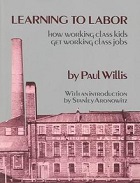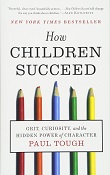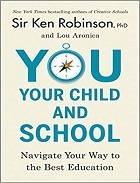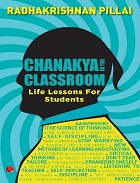Learning to Labour
Learning to Labour
 Learning to Labour is a book by Paul Willis which is based on the ethnographic study of twelve working class men from a school in Birmingham between the years 1972 to 1975. The author spent a total of 18 months observing the boys as they attended school and another six months following them to work to fully uncover the question- why do working class kids get working class jobs?
Learning to Labour is a book by Paul Willis which is based on the ethnographic study of twelve working class men from a school in Birmingham between the years 1972 to 1975. The author spent a total of 18 months observing the boys as they attended school and another six months following them to work to fully uncover the question- why do working class kids get working class jobs?Through the book, Willis tries to explain the role of youth culture and socialisation as mediums by which schools route working-class students into working-class jobs. The author analyses the school's counter-culture, where the schools produce working-class boys called ‘lads' and how this leads to creating a subordinate, lower-wage position in adult life.
Through participant observation, the author observes why the lads remain uninterested in school and the role of economics and culture which separate them from the middle-class kids.
Published in 1977, ‘Learning to Labour’ remains a landmark study of schooling and culture, and was hailed by the New Society as the ‘best book on male working-class youth’.





















